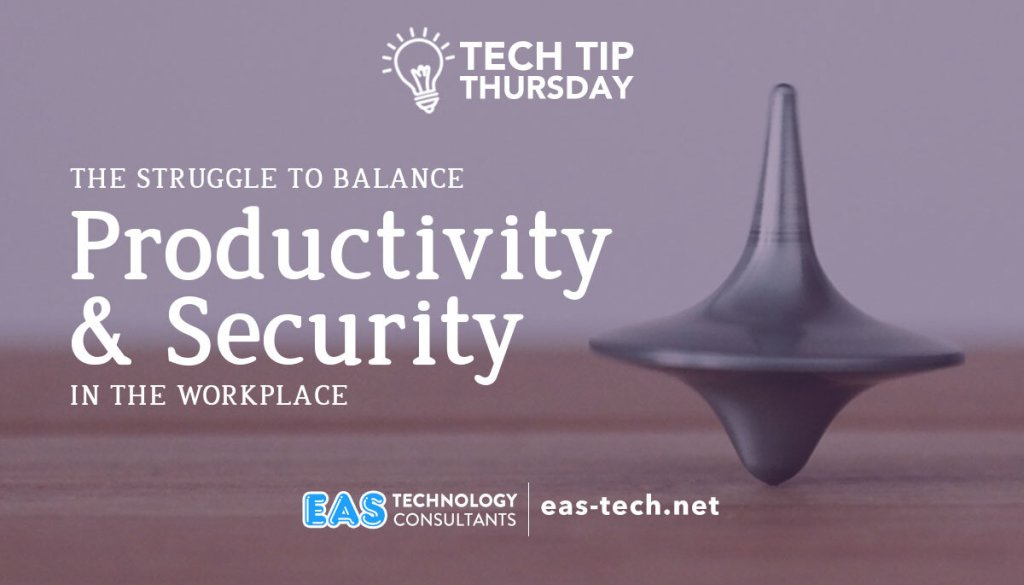
It’s a constant struggle to find the right balance between productivity and security in the workplace. On one side, you have users who need freedom to get their work done. But on the other side, you have security risks that increase with more freedom. It can be a difficult balance to find, but it’s one that is essential for organizations today. A recent report from Microsoft notes a dangerous lack of authentication security. Just 22% of Azure Active Directory users had multi-factor authentication (MFA) enabled. This means that over three-quarters were at a much higher risk of an account breach.
So why do organizations fail to adopt important security protocols like MFA? We know that it’s nearly 100% effective at stopping fraudulent sign-ins. But many companies still don’t take the necessary steps to secure their networks and systems. Often, the biggest issue is user inconvenience – something that should be taken seriously when considering security measures. Many companies don’t realize that MFA is often free to enable in most cloud applications.
Organizations must carefully consider the balance between productivity and security when it comes to their network infrastructure. Security protocols such as MFA should always be taken seriously and implemented where necessary, without sacrificing user convenience. Finding a balance between these two elements is key to keeping your business secure and productive. With the right plan in place, you can find the best of both worlds.
Here are some ways you can improve security without sacrificing productivity.
Contextual Authentication – with contextual authentication, log-ins are only granted if the user’s environmental context is secure. This means that any suspicious activity or someone trying to access your network from an unfamiliar location will be blocked.
Single Sign-On (SSO) – SSO allows users to use one set of credentials to access multiple applications and services. This eliminates the need for remembering and entering multiple passwords, saving time and improving user experience.
Device Recognition – device recognition is a security measure that identifies the user’s device, in addition to their username and password. It helps protect against malicious actors who are trying to access your network from unauthorized devices.
Role-based Authentication – role-based authentication allows you to assign different levels of access rights depending on the user’s role within the organization. This ensures that users only have access to what they need, and limits the amount of damage a malicious actor can do if they manage to breach your system.
Biometrics – biometric authentication (such as fingerprint or facial recognition) provides the highest level of security for user accounts. It allows only authorized users to access your network and greatly reduces the risk of successful account breaches.
By employing these techniques, you can ensure that your organization is secure without sacrificing productivity. Remember, finding a balance between security and productivity is key
These are just some of the ways you can improve your security without sacrificing productivity. Finding the right balance between these two elements is essential for any successful organization
By keeping these tips in mind, organizations can find the right balance between productivity and security, while keeping their networks safe from malicious actors. No matter what size your organization is, it’s important to recognize the importance of both – and not sacrifice one for another. With the right security measures in place, you can ensure that your network stays secure without sacrificing user convenience or productivity.
Call us today so we can help you beef up your Authentication Security!
References:
Microsoft (2020). Azure Active Directory report. Retrieved from https://azure.microsoft.com/en-us/blog/azure-active-directory-report/
